Wetlands are some of the most important habitats in the world. They not only serve as the home for countless bird, amphibian, reptile, insect and fish species, they also provide important ecological functions too.
But unfortunately, humans are currently damaging many of the world’s wetlands. Below, we’ll explain the importance of wetlands, some of the threats facing them and a few of the things you can do to help protect them.
What Are Wetlands?
Wetlands are water-logged habitats that often occur near large bodies of water.
Wetlands are generally flat areas, characterized by the presence of saturated soil or standing water. The amount of water they hold often varies throughout the year, although some retain a consistent amount of water all year long. They are usually located in close proximity to streams, rivers, lakes or other freshwater reservoirs.

Some wetlands are forested habitats, while others are largely devoid of trees. Several different words are used to refer to wetlands, including marsh, swamp and bog, among others. Technically, these terms apply to different types of wetlands, but the differences are subtle.
Different wetlands contain different amounts of water, but the Environmental Protection Agency (EPA) defines them in the following manner:
Wetlands are areas where water covers the soil or is present either at or near the surface of the soil all year or for varying periods of time during the year, including during the growing season.
The Value Wetlands Provide to the World
Wetlands are incredibly important habitats for their resident organisms and the world at large.
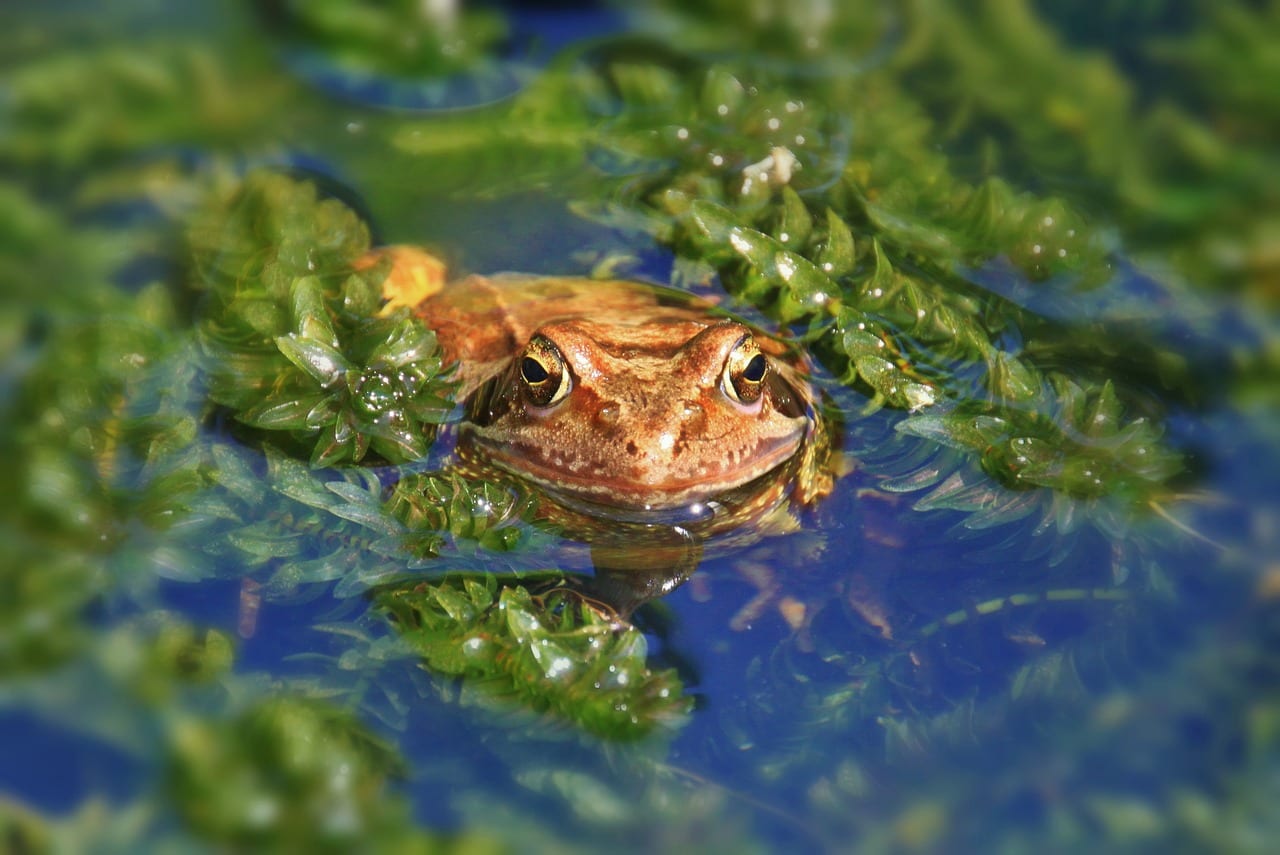
As mentioned earlier, wetlands provide critical services to the plants and animals living near them. We’ll discuss a few of the most important services they provide below:
- Wetlands provide critical habitat for wildlife. Many animals live within wetlands. Some do so on a permanent basis, while others only inhabit them during a small portion of the year. For example, leopard frogs often inhabit wetlands all year long, while red-bellied water snakes only visit them during the spring and summer.
- Wetlands help regulate water levels. Wetlands essentially work like sponges. Their soils absorb and hold water during heavy rains and release it during droughts. This helps to keep the water levels in nearby lakes and rivers relatively consistent. This helps provide habitat for animals such as the common crayfish, who require very damp soils to survive.
- Wetlands serve as filters. As runoff water makes its way down through watersheds toward rivers and lakes, it often passes through wetlands along the way. In doing so, the water must percolate through the soil and rocks of the wetland. This helps to filter out debris and other harmful pollutants before the water reaches the local rivers and lakes. By filtering the water before it reaches streams, wetlands help ensure pollution-sensitive insect larvae, such as stoneflies.
Threats Facing Wetlands
Despite their value, wetlands are currently disappearing at an alarming rate.
As you can see, wetlands are incredibly important habitats. But unfortunately, many wetlands are under threat.
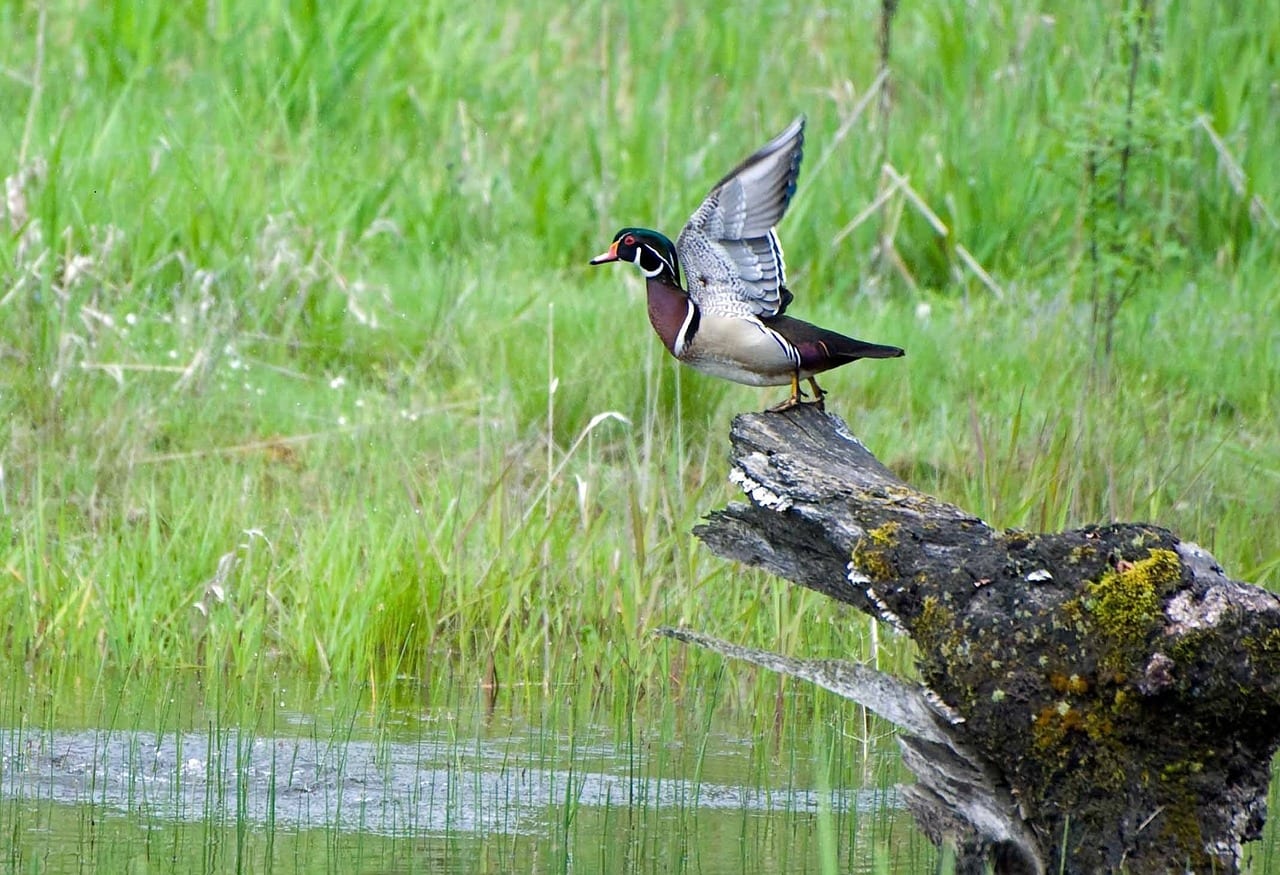
According to the World Wide Fund for Nature (WWF), more than half of the world’s wetlands have disappeared since the beginning of the 20th century.
If this trend continues, and the world’s wetlands continue to be destroyed, countless plant and animal species will surely perish. Accordingly, it is important to familiarize yourself with the threats facing them. We’ll explain a few of the most pressing threats below.
Commercial Development
Many wetlands are destroyed in the name of commercial development. This often occurs when developers decide to place a new building or roadway across a wetland area. This forces them to drain the existing wetland and route water around the area.
Climate Change
Climate change has a number of important effects on the hydrological cycle that threaten wetlands. Some, for example, are experiencing an inundation of water, thanks to the melting of the polar ice caps and associated sea level change. This causes many of the resident plants to die, and it makes the habitat unsuitable for many animals.
Other wetlands are being deprived of the water they need, as climate change causes severe droughts in some locations. This effectively eliminates an important water source for many of the local plants and animals.
Another way climate change may harm wildlife is by harming reptile eggs during their incubation process. Many turtle eggs, such as the Mary River Turtle of Australia, are very sensitive to ambient temperature swings. When exposed to high temperatures, the resulting hatchlings are rarely strong swimmers. Over time, this may lead the entire species to become extinct, as the turtles cease being able to swim well enough to avoid predators.
Invasive Species
The introduction of non-native, invasive species is also a serious threat to wetland habitats. Some wetlands are being overtaken by the common water hyacinth. In its native lands, this species is held in check by predators and other factors, but once introduced into North American habitats, it reproduces and spreads at an alarming rate. This ultimately causes entire areas of some wetlands to become choked with the plants and inaccessible to animals.
Similarly, some wetlands are being threatened by introduced mollusks or fish. The Nile perch, for example, has spread throughout several parts of Africa in which it is not native. The Nile perch is an aggressive feeder, which often outcompetes native species, thereby rendering them extinct. This has lead to a decline in many native fish species.
Burmese pythons are another good example. Many people keep these large snakes as pets, and release them into local wetlands once they get too big. Unfortunately, the large snakes often thrive in wetlands like Florida’s Everglades, where they feed on native birds and mammals. The snakes may even cause endangered species, such as the Florida panther to become extinct.
Roll Up Your Sleeves and Get Involved: What Can You Do to Help?
Understanding that wetlands are under threat is important, but you must also learn what you can do to help.
Don’t feel helpless about the demise of the world’s wetlands. Instead, try to do your part to protect them by embracing the following suggestions.
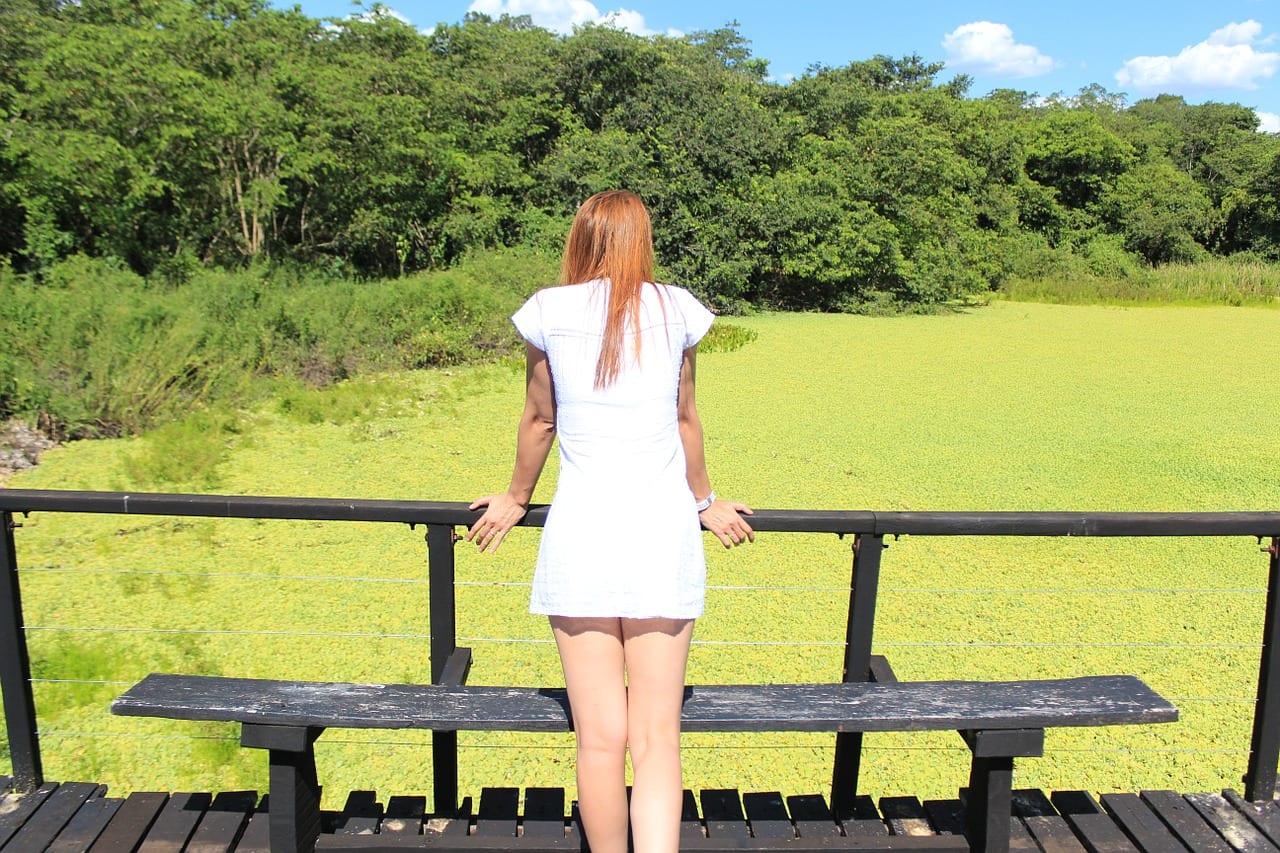
- Contact your local zoning commission and implore them to deny building permits in wetland areas. Before construction can begin in a wetland area, developers must typically obtain a permit from the local zoning commission. Take advantage of this fact by writing your local zoning commission and explaining the importance of wetland habitats.
- Don’t release exotic pets into the wild. Many exotic pets can become invasive species if released outside their native range, so make it a practice to never release these animals in the wild. If you are no longer willing or able to care for your pets, do whatever is necessary to find them a suitable home.
- Reduce your carbon footprint to help slow the rate of climate change. Climate change is a long-term, global threat, but it is already affecting the wetlands in your area. Accordingly, you’ll want to reduce the amount of carbon you help release into the atmosphere. Some of the easiest ways to do so include walking rather than driving and purchasing fuel-efficient (or alternative fuel) cars, as well as conserving energy in simple ways, such as turning lights off when they’re not in use.
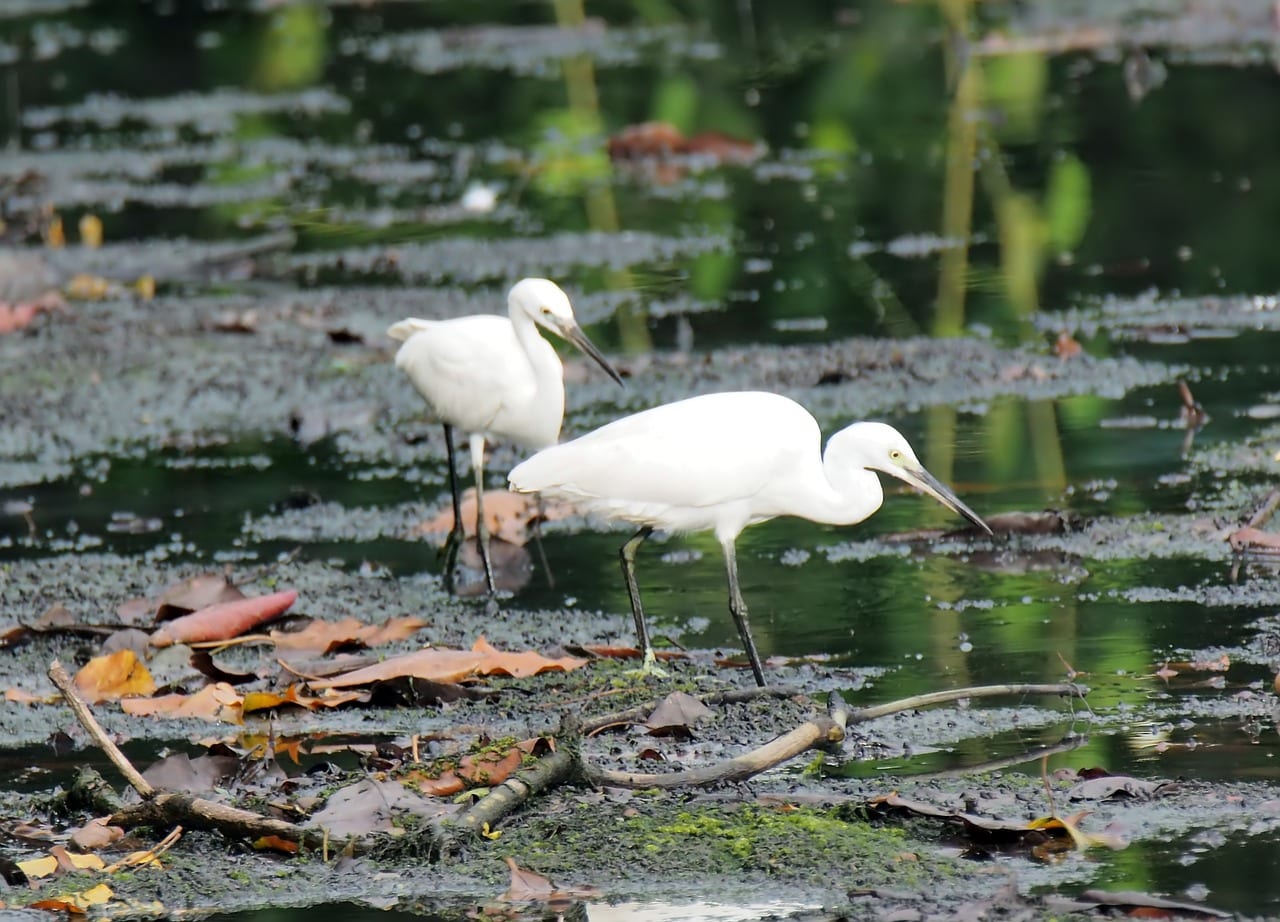
By now you surely understand that wetlands are critical to the health of the biosphere. But if we don’t take action soon, they’ll likely disappear, causing wide-reaching problems for the people, plants and animals of the world. We’ve provided a few examples of things you could do to help, but you may have other ideas of things people can do to protect wetlands. Share your suggestions in the comments below.

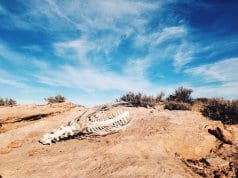

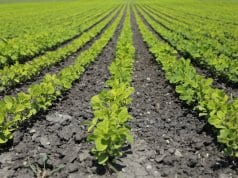
![Red Angus Closeup of a beautiful Red Angus cowPhoto by: U.S. Department of Agriculture [pubic domain]https://creativecommons.org/licenses/by/2.0/](https://animals.net/wp-content/uploads/2020/03/Red-Angus-4-100x75.jpg)

